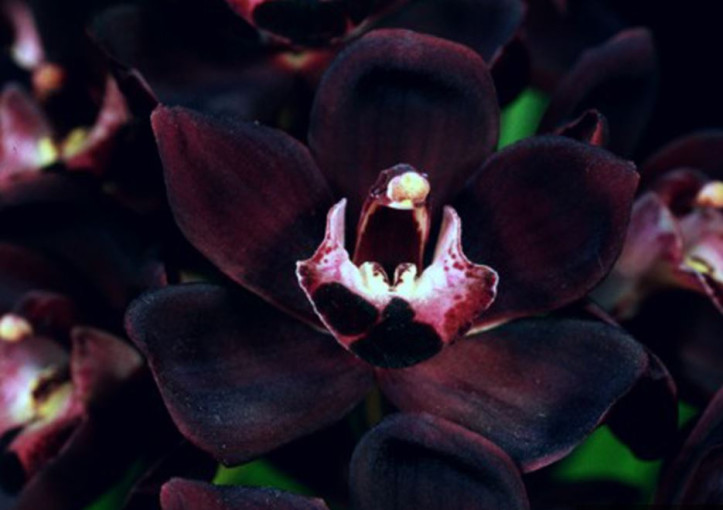
The black orchid, scientifically known as Coelogyne pandurata Lindl., is a rare endemic plant in Indonesia, found only in East Kalimantan and Papua.
Its uniqueness lies in its black labellum with green stripes, hairy structures, and green flower ornaments with triangular petals. This orchid holds high economic value as an ornamental plant and a rare botanical collection.
Unfortunately, infrastructure development projects in East Kalimantan have increased its extinction risk. Moreover, it is classified as Appendix I under the Convention on International Trade in Endangered Species (CITES) and is a protected flora in Indonesia.
To preserve the black orchid and protect it from extinction, three students from the UGM Faculty of Biology, Anisa Dewi Rahayu, Lathief Al Umami, and Shiddharta Arya Anggoro Cen, along with their professor, Professor Endang Semiarti, conducted ex-situ conservation using micropropagation technology with Temporary Immersion Systems (TISs).
Anisa Rahayu explained that the Temporary Immersion System (TISs) is an advanced method to accelerate the growth and development of black orchids.
“Its advantages include no need for subculture, optimal aeration, and prevention of hyperhydration,” Rahayu said.
“The TISs, equipped with integrated sensors, simplify the control of environmental parameters such as pH, temperature, humidity, light intensity, and carbon dioxide.”
Rahayu further explained that the application of integrated TISs on black orchids at the UGM Biology Biotechnology Laboratory has been proven to accelerate the growth parameters.
“The use of this device can initiate the development of modern and efficient ex-situ conservation efforts for other endangered plants, leading to higher-quality plant production with minimal production costs,” she added.
Lathief Al Umami stated that the TISs use real-time sensors to facilitate environmental parameter control.
“The results of sensor measurements for environmental parameter conditions are displayed on the LCD screen,” Al Umami added.
Another team member, Shiddharta Cen, mentioned that the design of the incubation space at the top of the TISs allows for flexible adjustment of explants such as seeds and plantlets without modifying the sensor and actuator system.
Author: Gusti Grehenson
Photo: orcidplantcare.info

